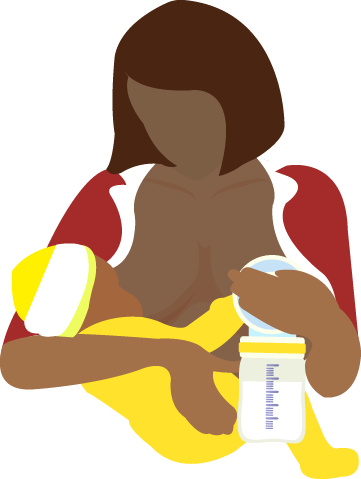Infants should be exclusively breastfed – i.e. receive only breast milk – for the first six months of life to achieve optimal growth, development and health. “Exclusive breastfeeding” is defined as giving no other food or drink – not even water – except breast milk. It does, however, allow the infant to receive oral rehydration salts (ORS), drops and syrups (vitamins, minerals and medicines). Breast milk is the ideal food for the healthy growth and development of infants; breastfeeding is also an integral part of the reproductive process with important implications for the health of mothers.
WHO recommends that infants start receiving complementary foods at six months (180 days) of age in addition to breast milk. Foods should be adequate, meaning that they provide sufficient energy, protein and micronutrients to meet a growing child’s nutritional needs. Foods should be prepared and given in a safe manner to minimize the risk of contamination. Feeding young infants requires active care and stimulation to encourage the child to eat.
The transition from exclusive breastfeeding to full use of family foods is a very vulnerable period. It is the time when many infants become malnourished, contributing significantly to the high prevalence of malnutrition in children under five years of age worldwide. It is essential therefore that infants receive appropriate, adequate and safe complementary foods to ensure the right transition from the breastfeeding period to the full use of family foods.
Amounts of foods to offer
Age Texture Frequency Amount at each meala
6–8 months Start with thick porridge, well mashed foods
Continue with mashed family foods 2–3 meals per day, plus frequent breastfeeds
Depending on the child’s appetite, 1–2 snacks may be offered Start with 2–3 tablespoonfuls per feed, increasing gradually to ½ of a 250 ml cup
9–11 months Finely chopped or mashed foods, and foods that baby can pick up 3–4 meals per day, plus breastfeeds
Depending on the child’s appetite, 1–2 snacks may be offered ½ of a 250 ml cup/bowl
12–23 months Family foods, chopped or mashed if necessary 3–4 meals per day, plus breastfeeds
Depending on the child’s appetite, 1–2 snacks may be offered ¾ to full 250 ml cup/bowl
a Note: If baby is not breastfed, give in addition: 1–2 cups of milk per day, and 1–2 extra meals per day.
Why can’t we give water to a breastfeeding baby before the 6 months, even when it is hot?
Giving water to young babies puts them at risk of diarrhoea and malnutrition. Water may not be clean and cause the baby to have infections. Giving water may also cause the baby to drink less breastmilk or to stop breastfeeding early and therefore cause malnutrition. If mothers give water instead of breastfeeding it will also cause the mother to have less milk in the future.
Breast milk is more than 80% water, especially the first milk that comes with each feed. Therefore, whenever the mother feels her baby is thirsty she can breastfeed him or her. This will satisfy the bay’s thirst, and continue to protect the baby from infections, and help the baby to continue to grow well. Babies do not need water before they are 6 months old, even in a hot climate. This is one of the reasons that WHO recommends for children to be exclusively breastfed for the first 6 months of life.
A child is considered exclusively breastfed when he or she receives only breast milk, without any additional food or liquid, even water, with the exception of oral rehydration solution, drops, syrups of vitamins, minerals or medicines. When breastfeeding, the mother gives her baby all the water he or she needs, while providing “safe water” and protecting the baby against diarrhoea.
Source: WHO




